After building a successful range of open top sports racing cars powered by MG, Bristol, Jaguar and Chevrolet motors between 1953 and 1958 Brian Lister turned to Frank Costin to build an all new spaceframe chassis with an open body to be powered by a 3 litre six cylinder Jaguar XK motor for a crack at Le Mans which he considered “unfinished business”.
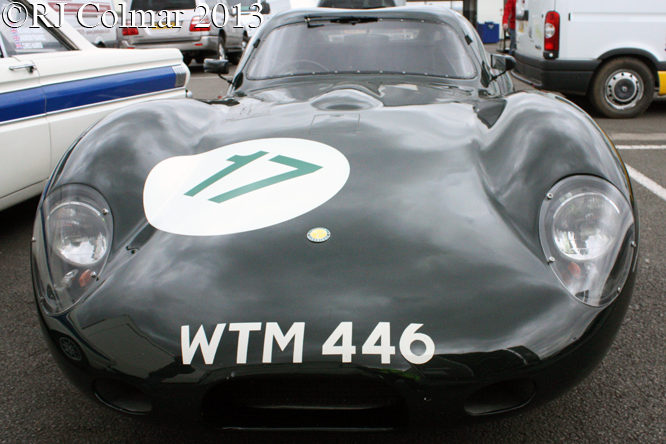
However after the death of his lead driver Archie Scott-Brown at Spa driving a Lister in 1958 and the fatal accident which killed his 1959 leading driver Ivor Bueb, driving a Cooper open wheeler in 1959, Brian Lister was prompted to retire from building racing cars bearing his name leaving the 3 litre spaceframe project which had never been given a chassis number unfinished.
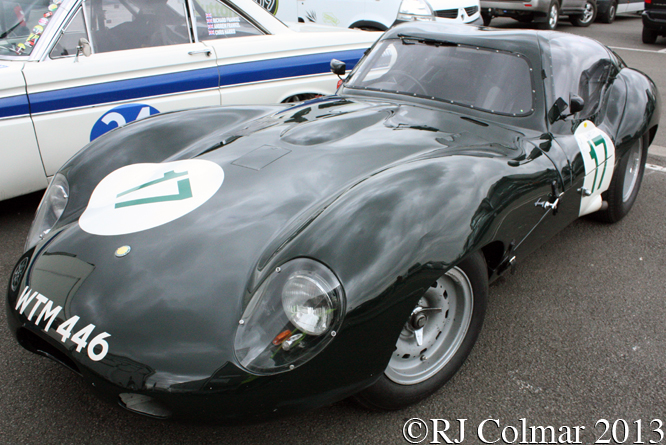
Rhostyllen, North Wales, garage proprietor Syd Diggory finished the open bodied spaceframe car off fitting a 3.8 litre Jaguar motor in 1960. Syd entered the car in several events for Bruce Halford, who won one race at Brands Hatch with it.
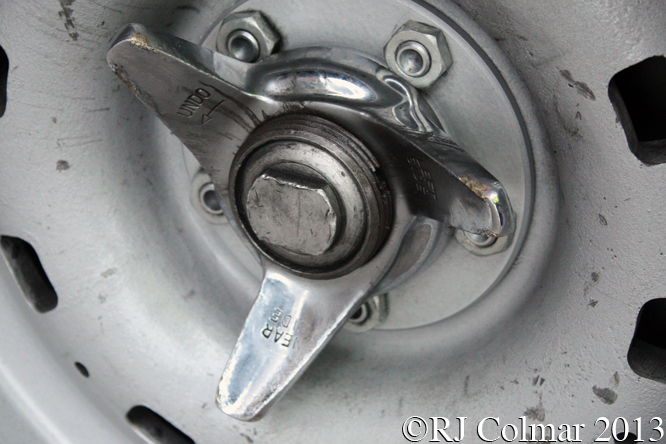
John Coundley acquired it in 1961 after his own Lister chassis #126 with the registration WTM446 had been damaged by Stephen Ouvaroff on the set of the film “The Green Helmet”.

12 months later Le Mans racer Peter Sargent bought both the space frame Lister and the damaged, in former owner John Coundley’s eyes ‘written off’ tube framed #BHL126 registered WTM446. Peter commissioned the space framed car’s designer Frank Costin to design the double bubble closed coupé body fabricated from aluminium which is seen on the car today. Frank also made various chassis and suspension modifications to accommodate rising rate front suspension and 15″ Dunlop wheels.
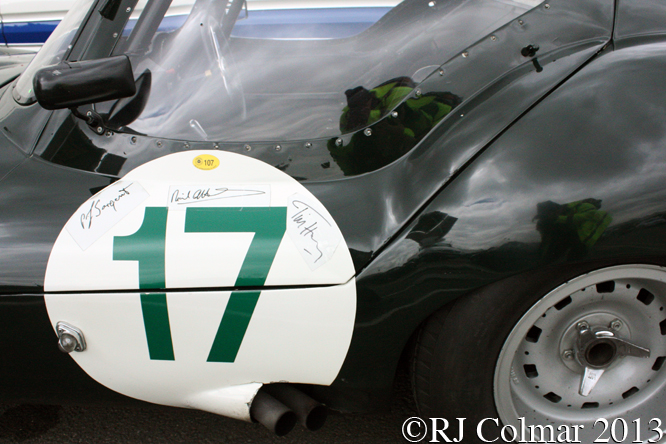
Peter Sargent was joined by Peter Lumsden at the 1963 Le Mans test weekend to drive the barely finished unpainted rebodied car, bearing the registration number WTM446 from the older #BHL126 Lister and temporarily fitted with Webber carburetors.
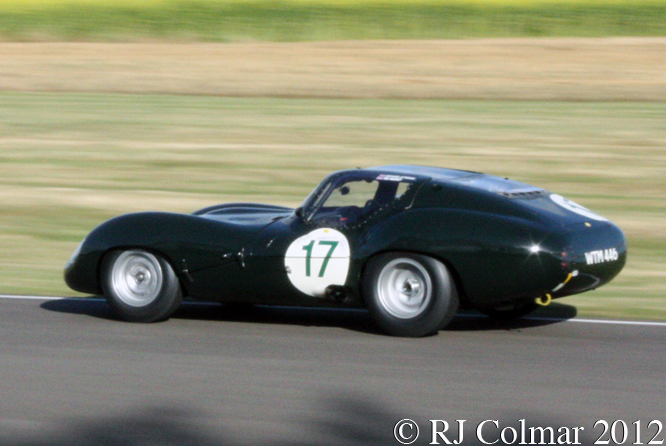
The Coupé proved to be quicker than the E-Type Jaguar the two Peters had shared at Le Mans in 1962 but was in need of further development which continued right up until the day before the race when it was found that a subframe was allowing the front wheels to toe out like a ‘barn door’.
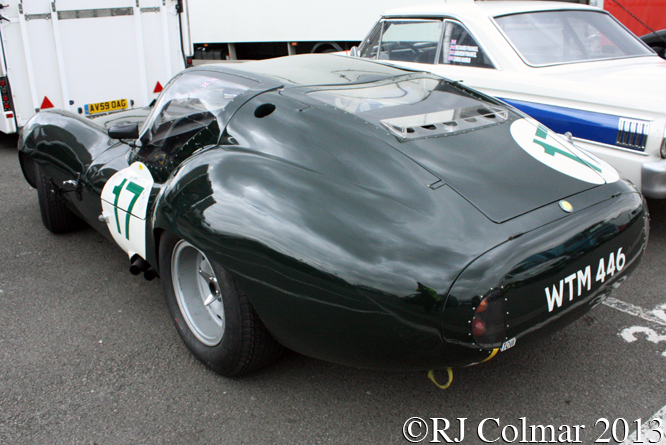
With a fix for the suspension the Lister went to the grid with a fuel injected motor rebuilt by Jaguar fitted with oval exhausts in place of the round ones to raise the ground clearance. The Lister reached 16th place by the third hour of the event when it’s retirement was brought about by clutch failure.
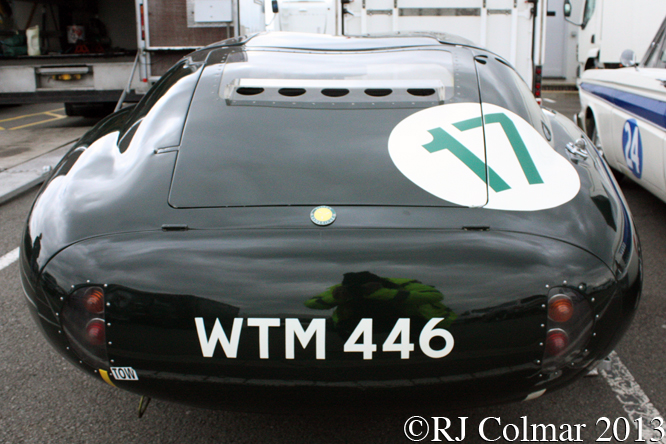
Peters Lumsden and Seargeant continued developing and racing the Lister Coupé with some success in club meetings through 1963.
In 1964 John Coundley and Jack Fairman shared the car in the 1000 kms race at the Nurburgring where they qualified a lowly 68th and retired with rear suspension failure on the Coupé’s final international appearance.
David Harvey, now Jaguar owners club chairman become the next owner of the unique Lister and had it fitted with a D-Type motor and gearbox. David and his wife drove it competitively in sprints and hillclimbs, earning a class record at Gurston Down, and when his usual road car was off the road the Coupé was also used as a daily driver since it was registered and taxed with it’s WTM 446 registration.
The known chain of ownership of the Coupé includes historic owner and collector Neil Corner before it was acquired by Hexagon of Highgate who had the roof chopped off to return the car to the open top specification as it was raced from 1960 to 1962. In 1972 Gerry Marshall won the last ever motor race run at Crystal Palace in the open top space frame Lister. Some years later Gerry drove the car again under new ownership to win the 1980 Lloyds and Scottish Championship historic series.
The Coupé GT bodywork was returned to the car by Maurice Gomm for Dr Philippe Renault a private museum owner from Le Mans in the mid 1980’s.
More recently the Lister Coupé has become a regular competitor at Goodwood Revival where it survived major damage in 2006 and 2010. In 2012 the Lister Coupé was shared by 1970 Le Mans winner Richard Attwood and 1992 British Touring Car Champion Tim Harvey.
The two entities that have born the registration WTM446 became the subject of a court battle after the Lister #BHL126, which former owner John Coundley had considered a “write off”, was brought back to life.
The new owner of the rebuilt #BH126 took the owner of the spaceframe Lister Coupé and the Driver and Vehicle Licensing Agency (DVLA) to court in a dispute over who owned the WTM446 registration. The Court appears to have found that no car should have that number and has not issued it to either vehicle since.
Thanks for joining me on this “Unfinished Business” edition of “Gettin’ a li’l psycho on tyres” I hope you will join me again tomorrow for a look at a Cunningham. Don’t forget to come back now !
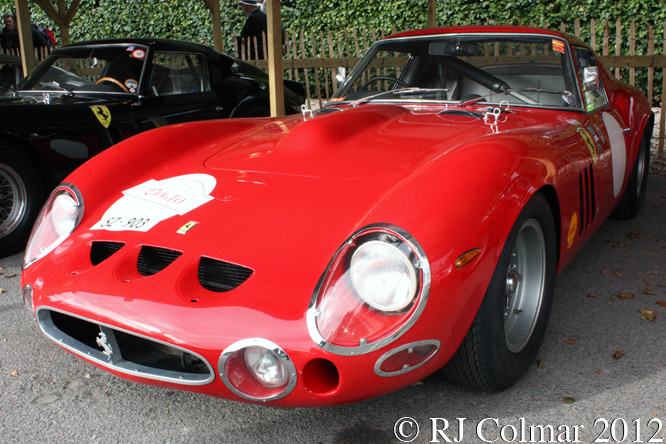
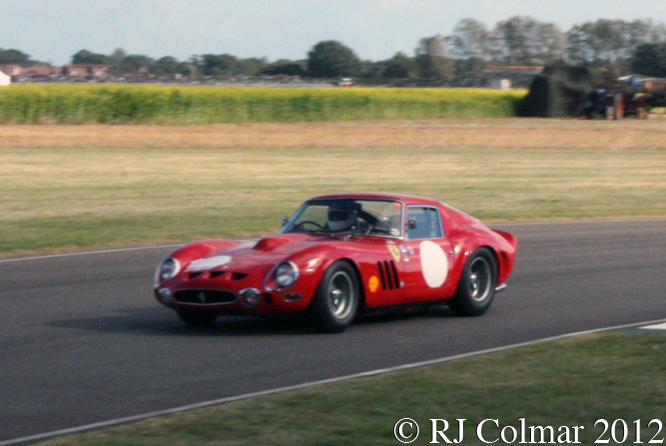
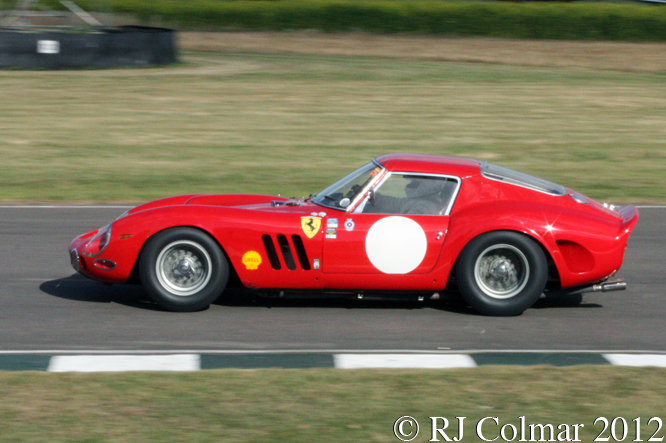
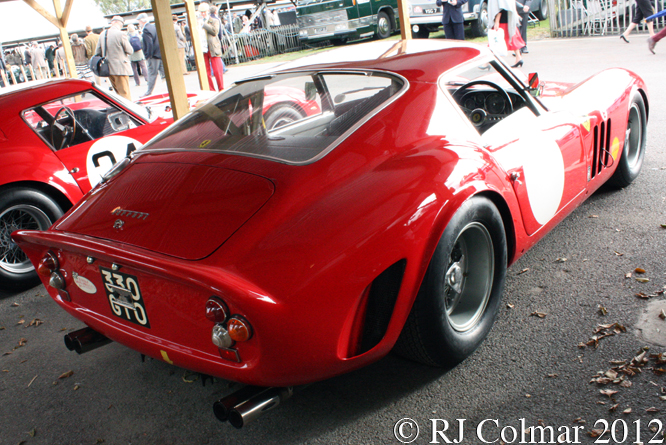
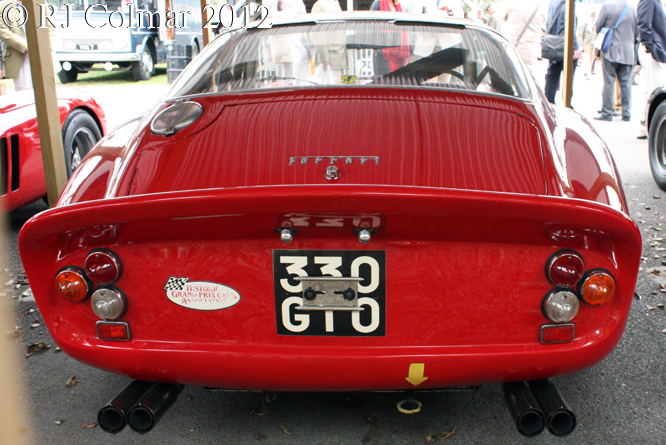










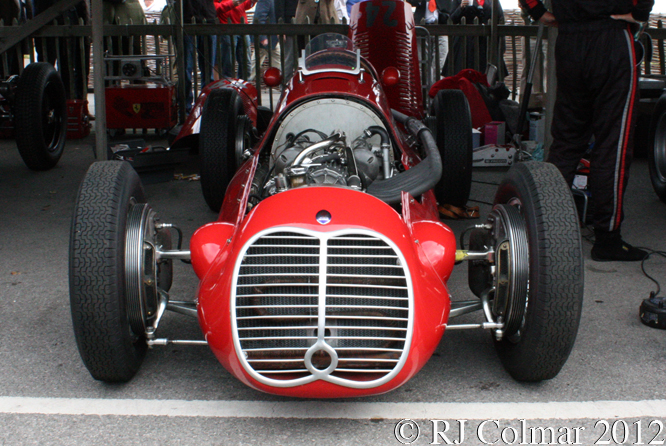

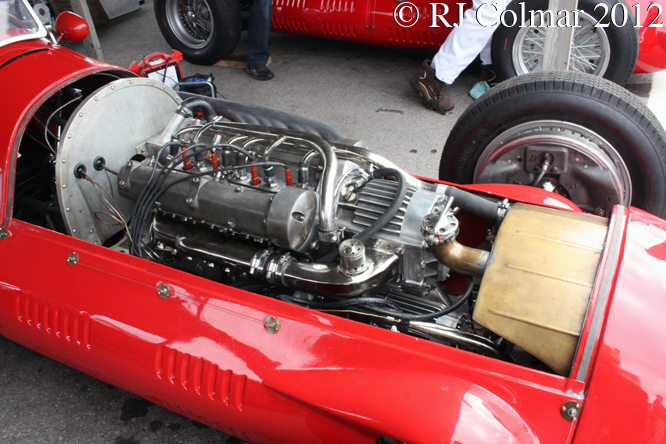
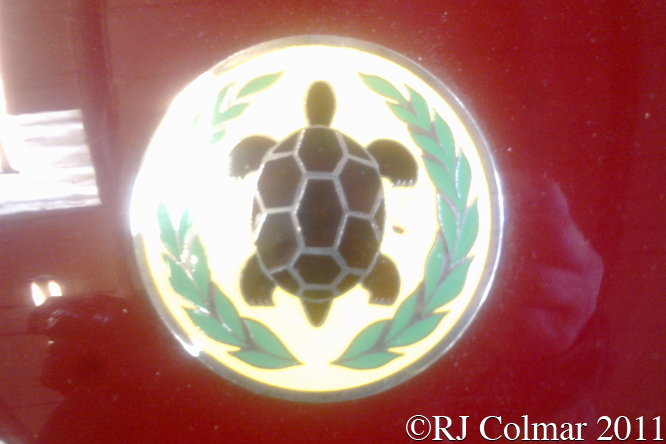
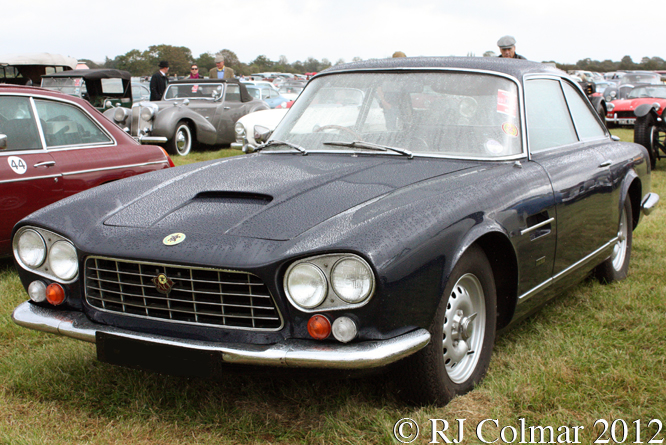
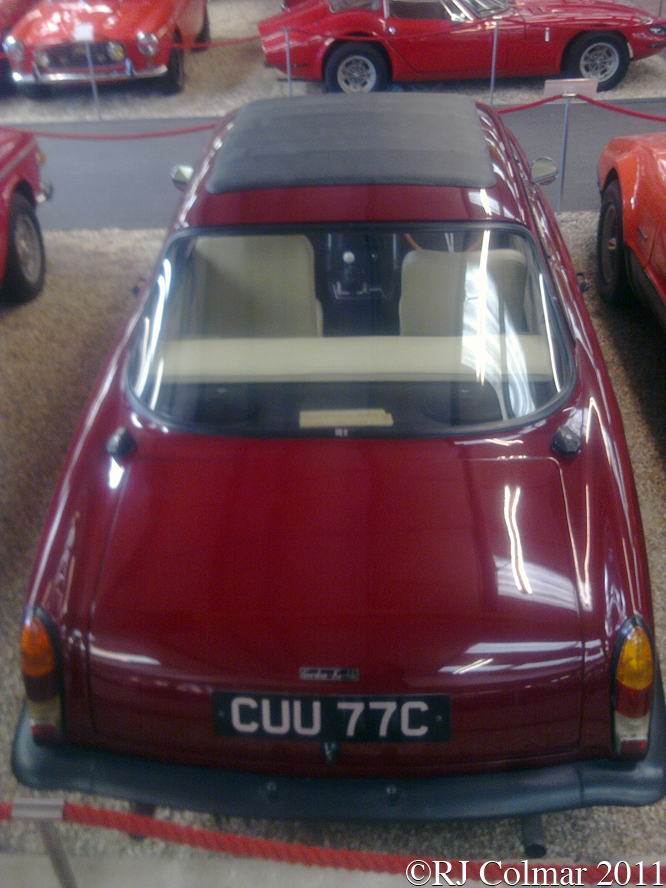
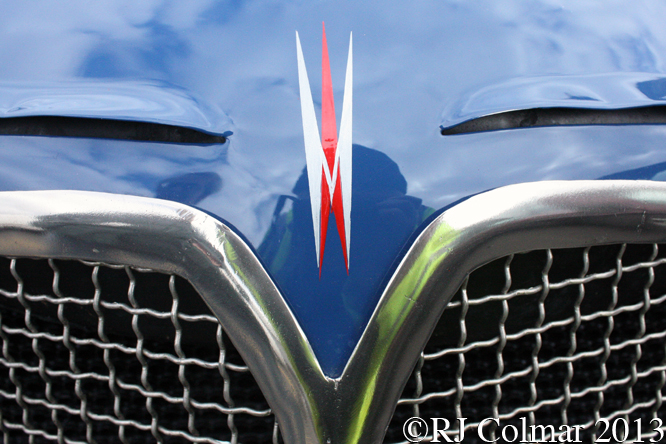
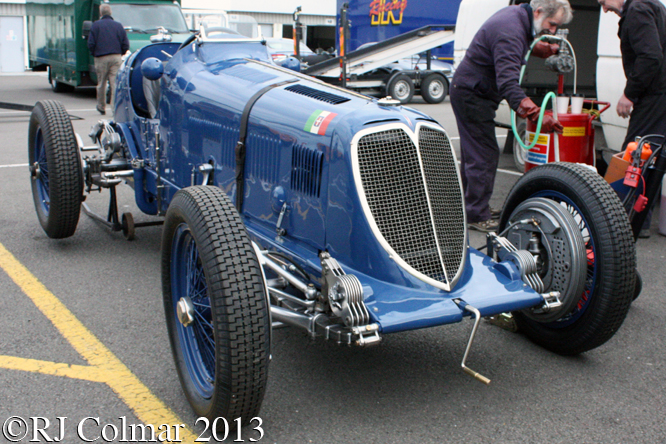
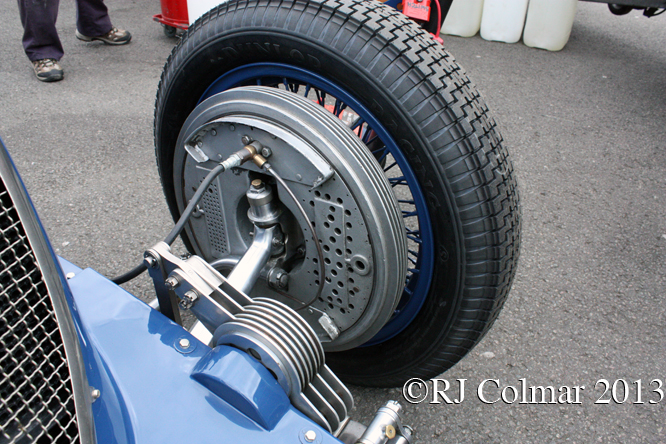

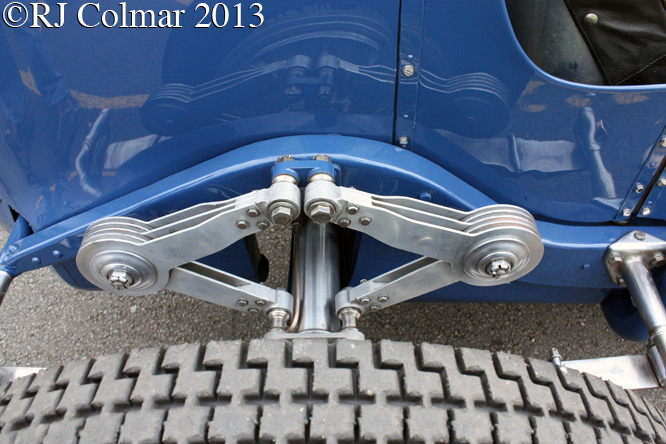
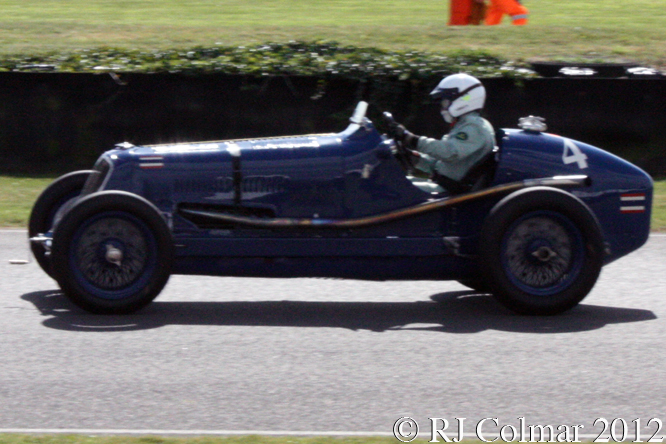
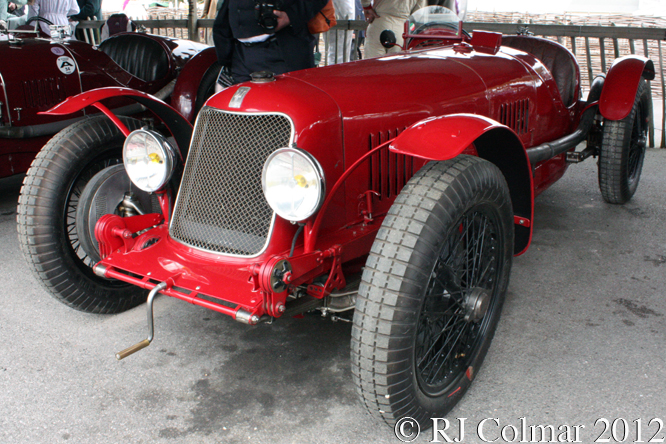
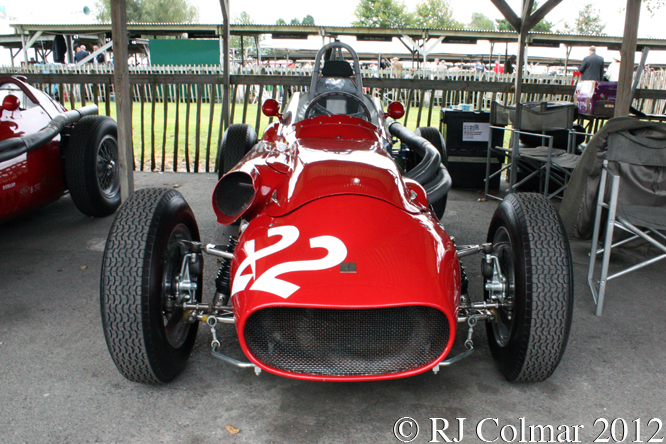
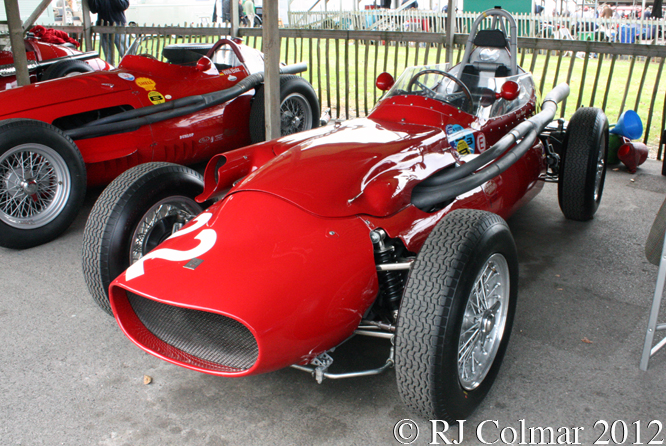
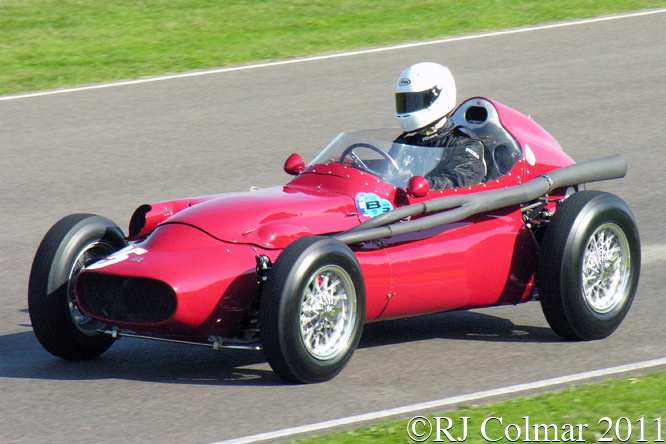
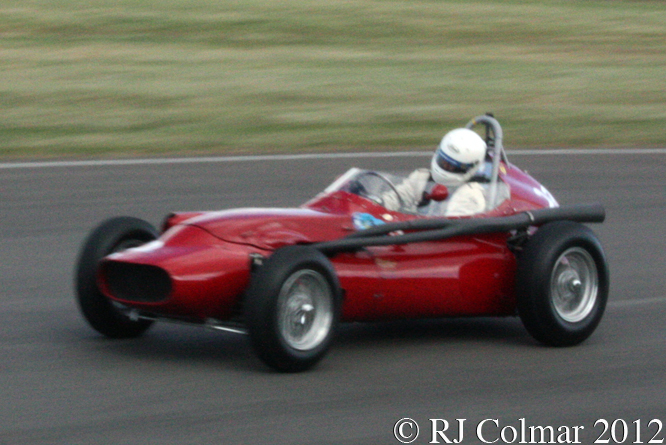
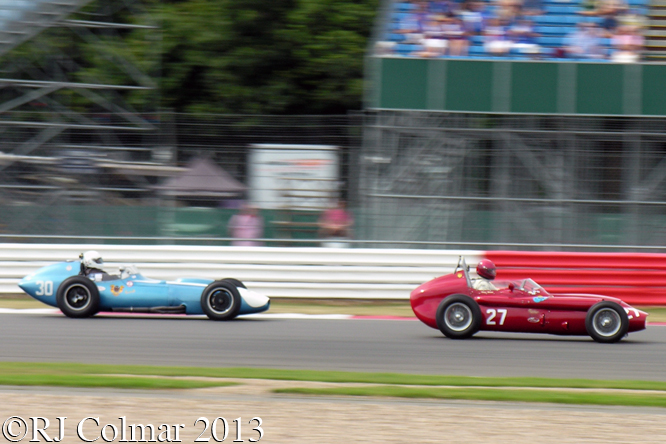 s
s